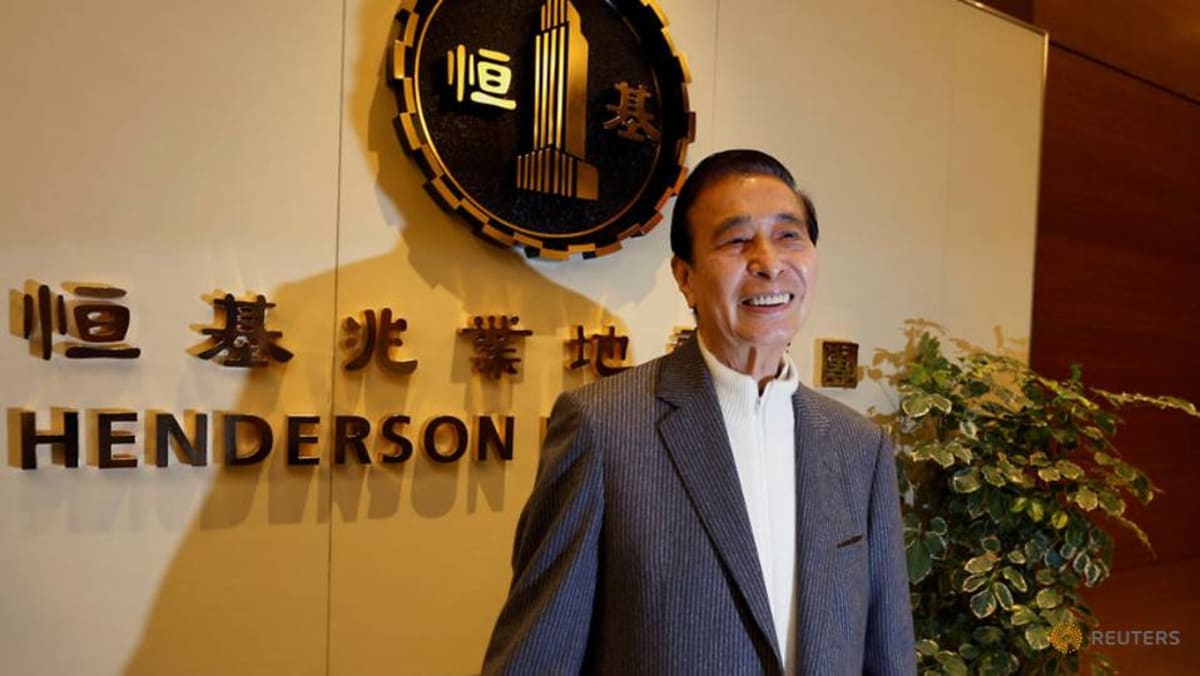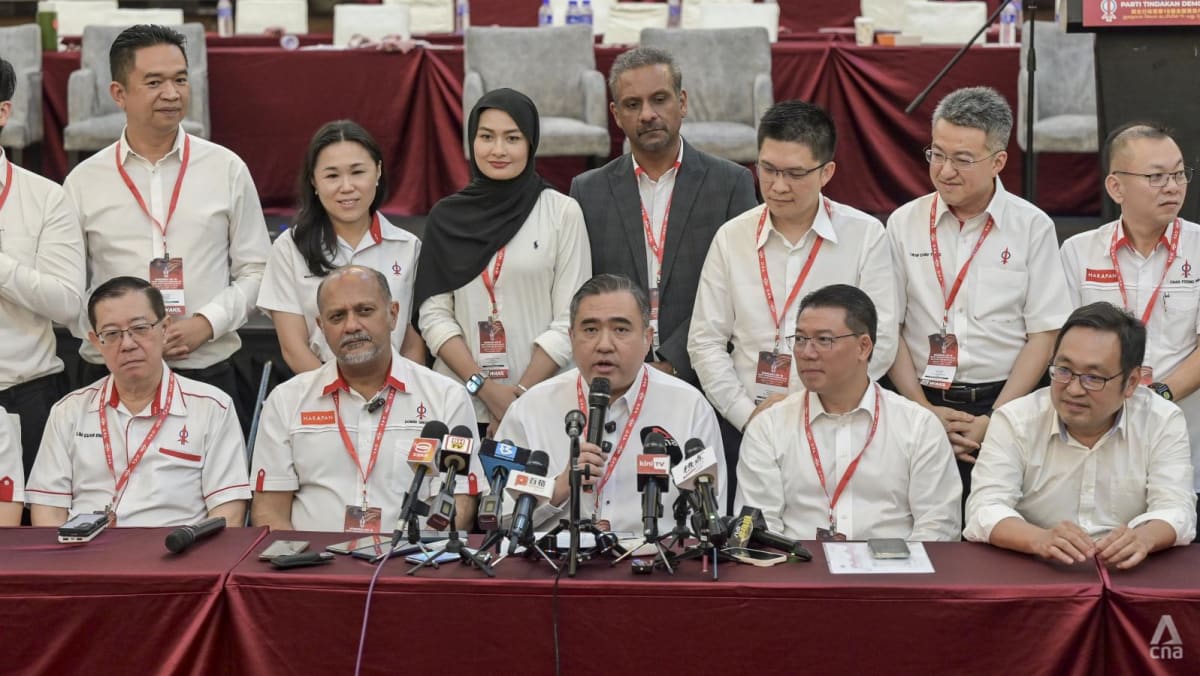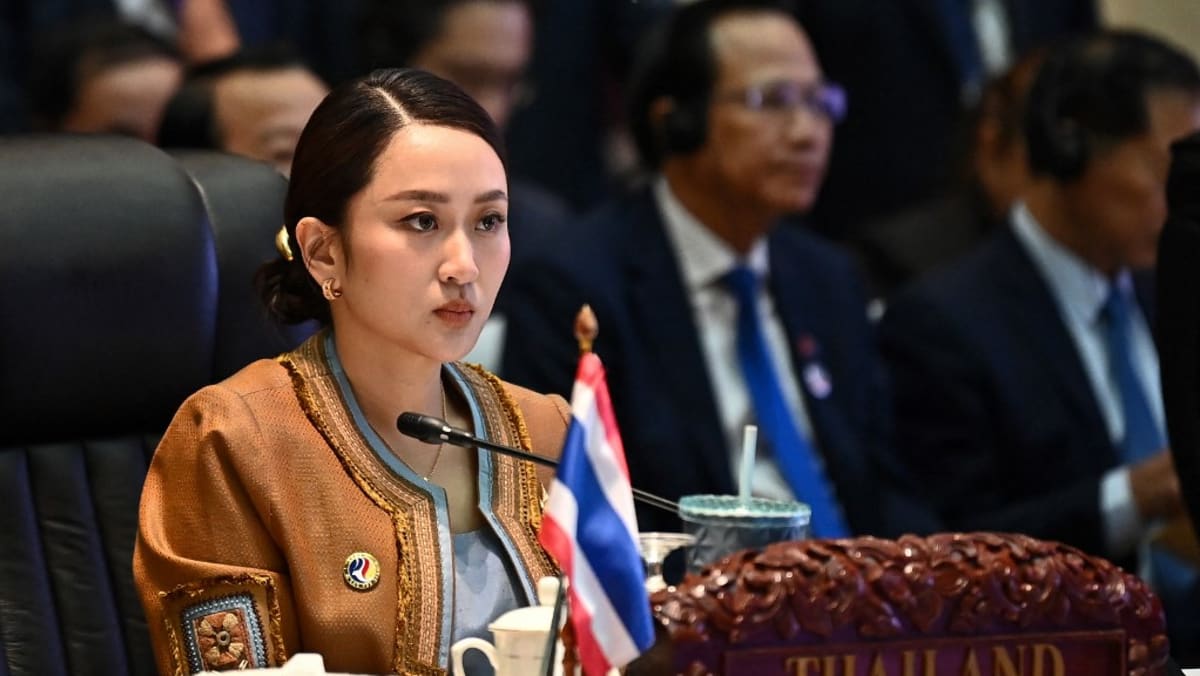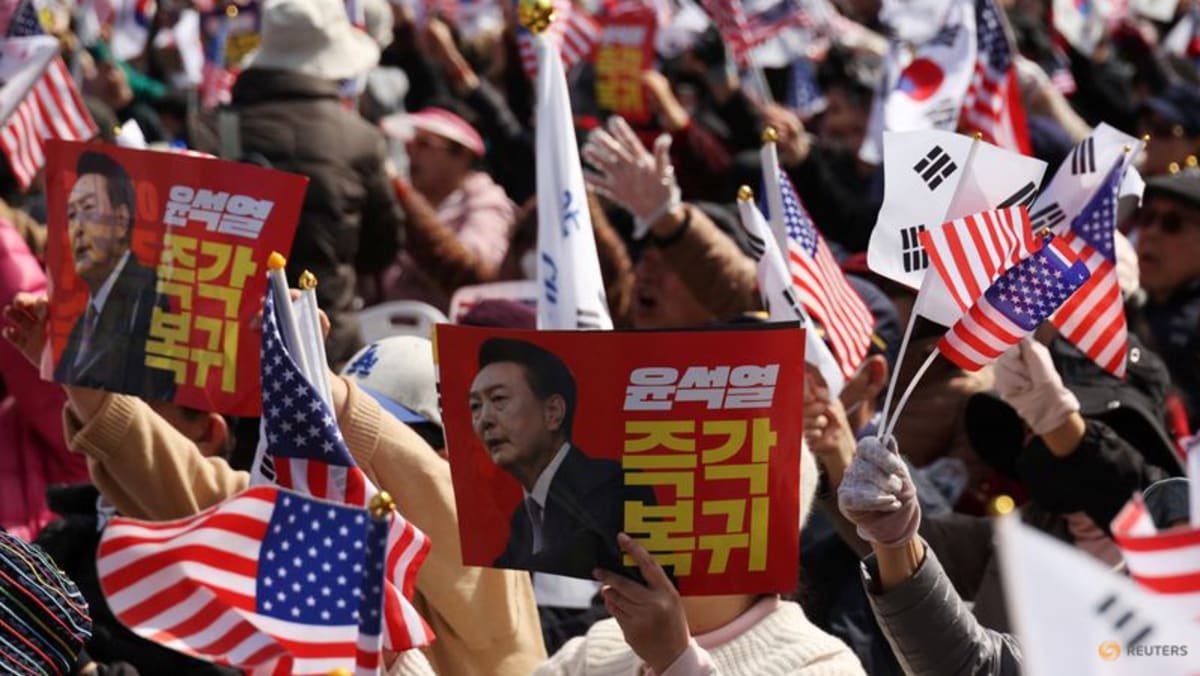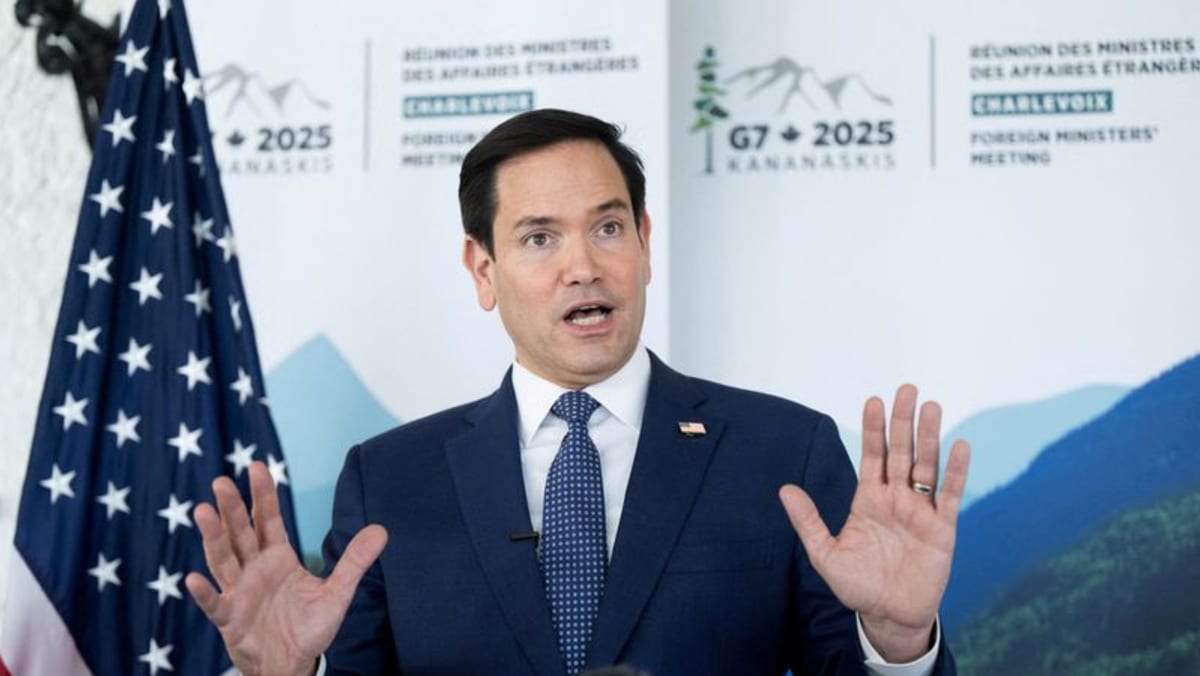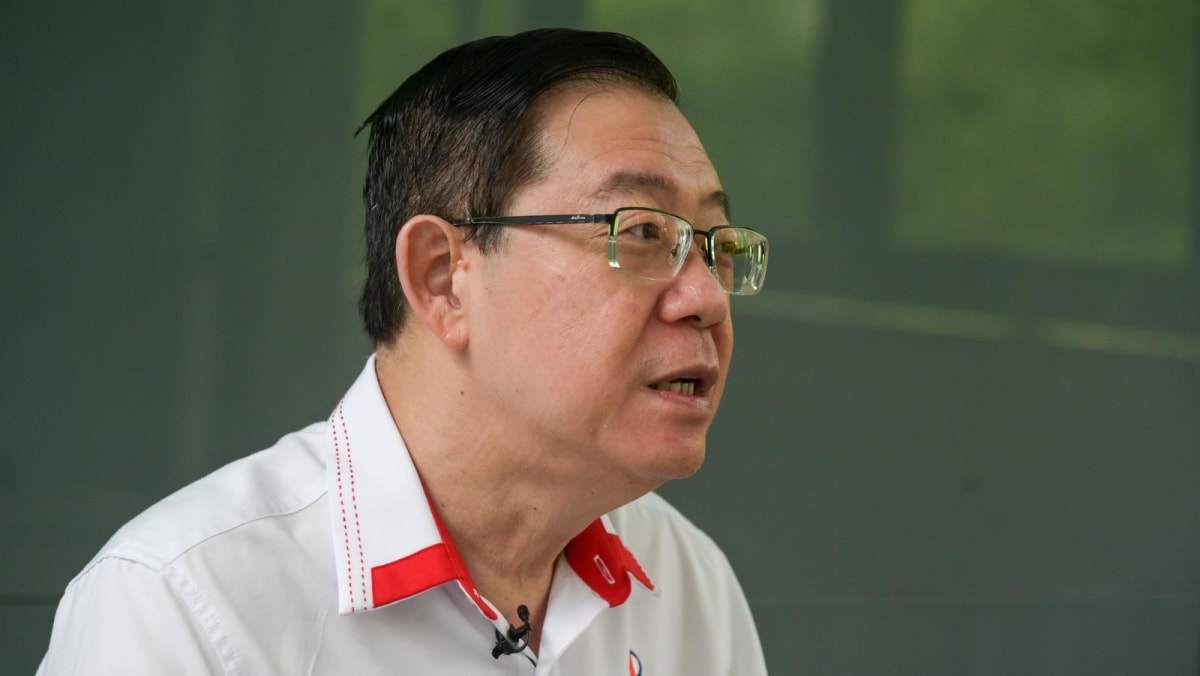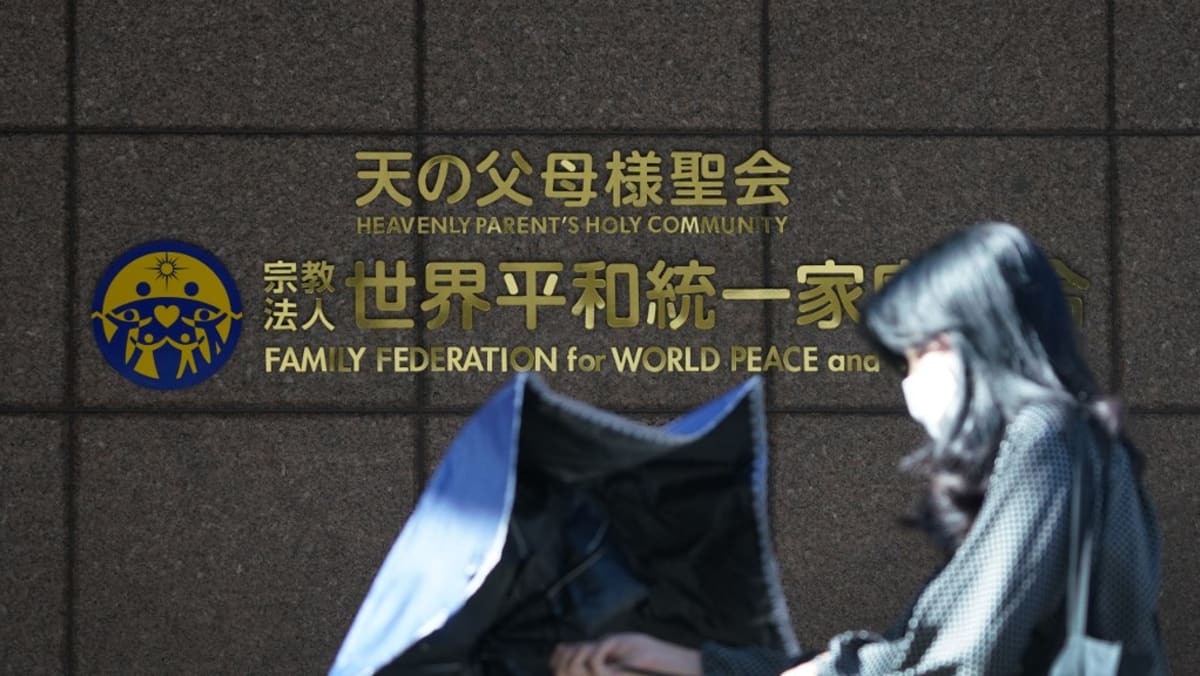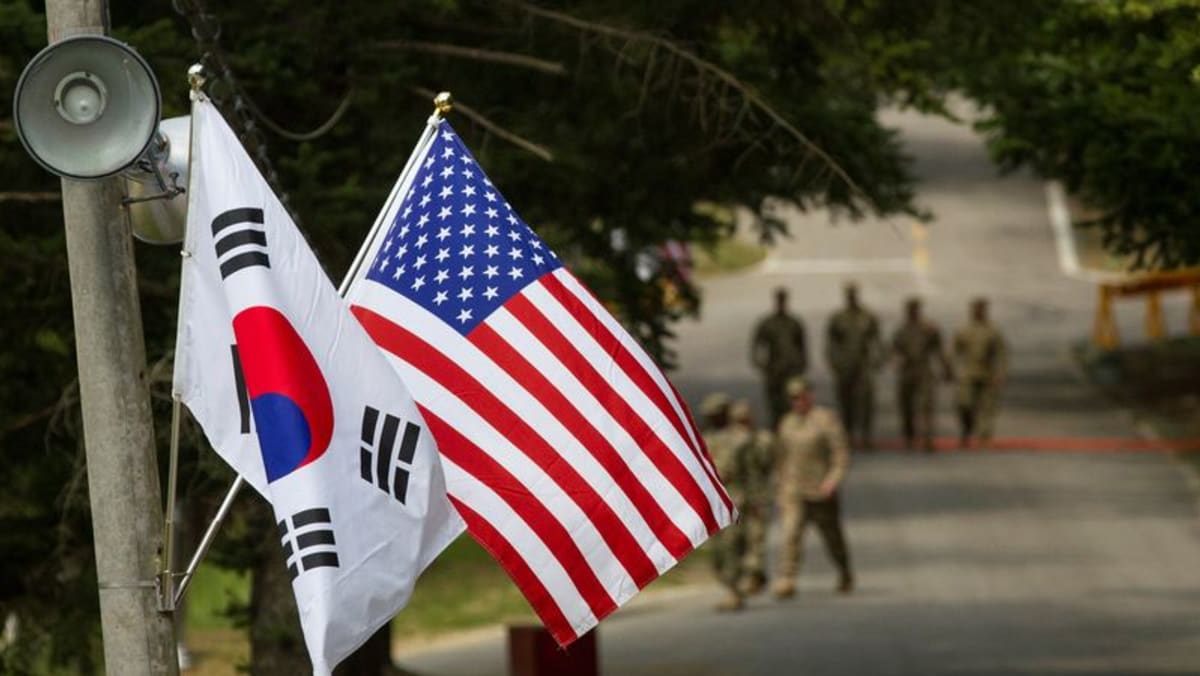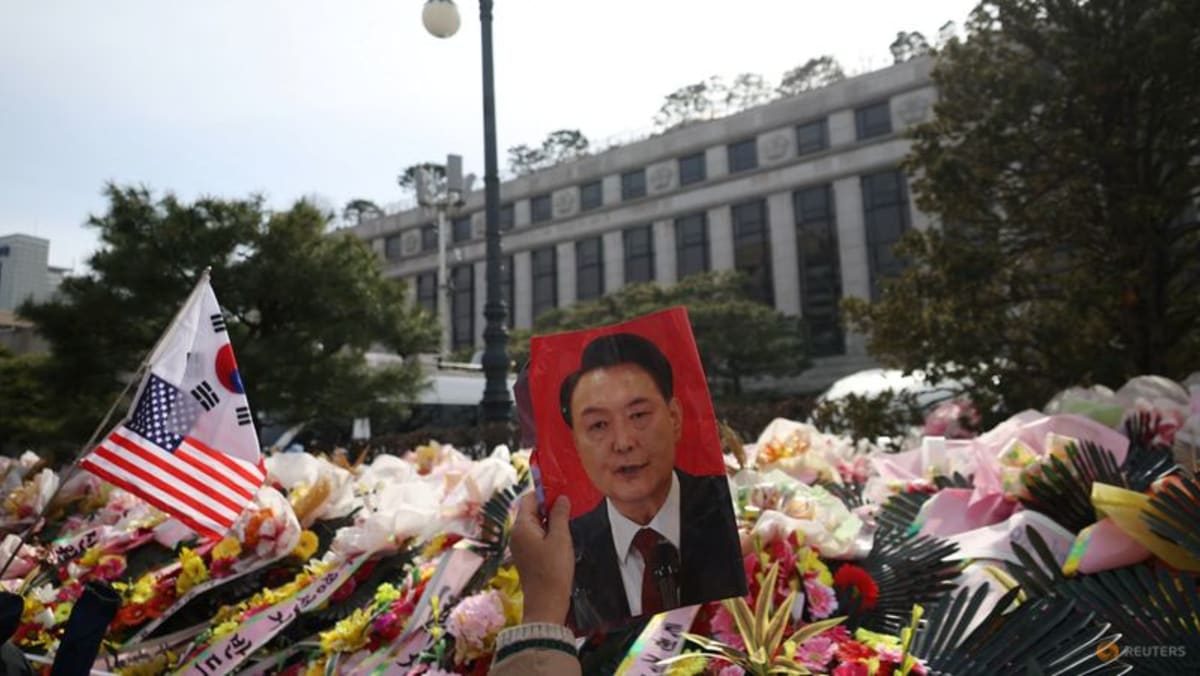Courting spurned neighbour tops Beijing’s agenda from visit of Vietnam’s Communist party chief, say analysts
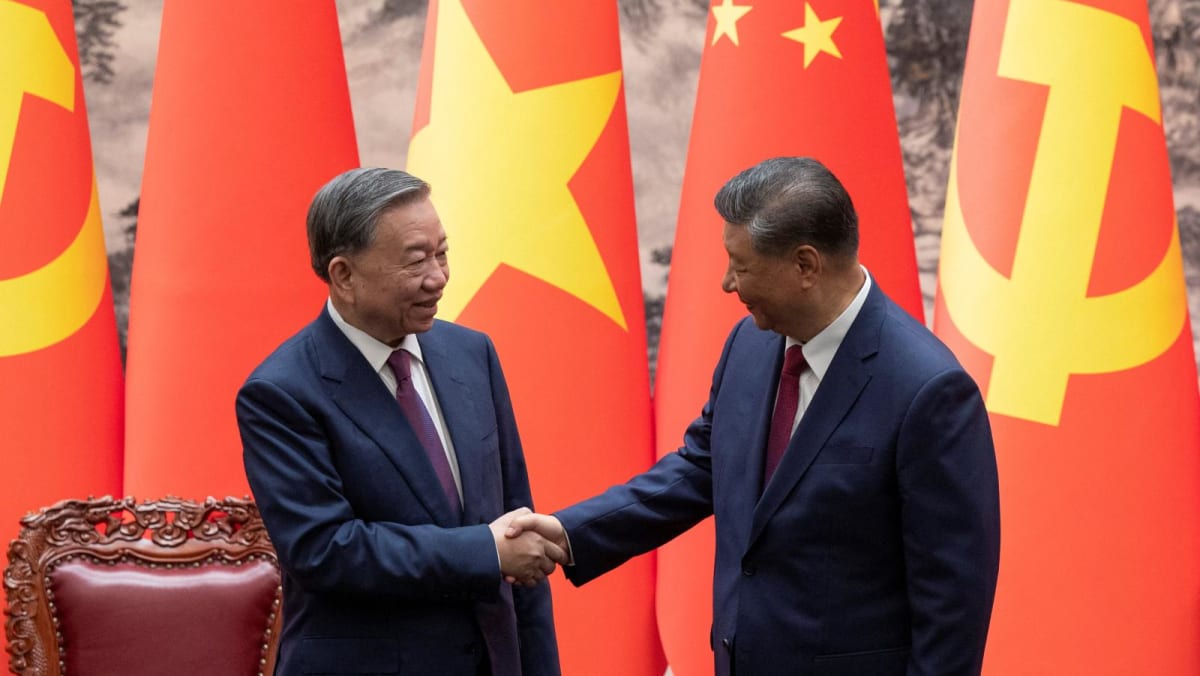
International relations expert Chong Ja Ian of the National University of Singapore said both sides are expected to discuss a range of issues, such as management of tributaries to the Mekong and cross-border trade.
“The visit signals the continued valuing of Vietnam’s relationship with PRC (People’s Republic of China), and a desire to have smooth ties even if differences remain,” he added.
Emeritus professor Carlyle Thayer from the University of New South Wales (UNSW) Canberra, drew reference to Mr Lam’s first China visit as Vietnam’s Communist Party chief, like his predecessor Trong did.
“(Like Trong), To Lam is signalling that Vietnam is acknowledging China’s pre-eminent role as a socialist country (and) that intra-party relations is the most important bilateral conduit for relations,” added Prof Thayer.
He believes Mr Lam is also likely to seek assurances that China remains committed to the proposals made between former General Secretary Trong and Chinese President Xi, including the revision of financial regulations to facilitate currency exchanges between the renminbi and the dong.
In addition to his visit to China, Mr Lam is scheduled to attend the United Nations General Assembly in New York this September. Professor Abuza from the National War College noted that the Vietnamese leader may meet with US President Joe Biden during his visit.
The back-to-back visits to the two superpowers underscore Vietnam’s flexible foreign policy, known as “bamboo diplomacy,” in navigating complex geopolitical challenges.
“Vietnam’s bamboo diplomacy is a metaphor not a strategy… The ends of Vietnam’s foreign policy are to remain independent and self-reliant by diversifying and multilateralising its foreign relations. Bamboo diplomacy – the ways – are to be firm on principle such as defending national sovereignty – but flexible in practices.” said Professor Thayer.
WHAT CHINA WANTS
Beijing, on the other hand, was not only willing but would also be highly motivated to advance key projects under its Belt and Road Initiative, such as the Lao Cai-Hanoi-Hai Phong railway.
The new train lines are expected to link up with the recently built routes extending China’s railway network to the Vietnamese border, facilitating imports of Chinese industrial goods and materials, experts said.
Exports to China reached $27.8 billion in the first half of the year, a 5.3 per cent increase from the previous year, according to the Vietnamese General Statistics Office. Concurrently, Vietnam imported $67 billion worth of goods from China, up 34.7%, resulting in a trade deficit of $39.2 billion, a 67.9 per cent rise.
The Vietnamese Ministry of Industry and Trade subsequently reported that bilateral trade between the two countries surpassed $100 billion during that period, solidifying China’s position as Vietnam’s largest trading partner.
“(President) Lam will be looking to build a more positive relationship (by) increasing trade and Chinese investment in Vietnam… There may also be discussion about a free trade zone along the border, or some (sort of) lessening of barriers to trade and investment in their common border region, ” said Prof Kingsbury of Deakin University.
TERRITORIAL DISPUTES
Mr Lam’s inaugural state visit to China also follows weeks of political posturing between Hanoi and Beijing over competing claims in the South China Sea.
Earlier this month, the Philippine and Vietnamese coast guards held their first joint drills, amid ongoing territorial disputes with each other and, more critically, with China, which claims nearly the entire South China Sea.
But ongoing territorial disputes are unlikely to impede the strengthening of bilateral relations between China and Vietnam this time round, according to analysts.
“Joint patrols among the Vietnamese Coast Guard and others of ASEAN countries are completely normal. The Vietnamese Coast Guard has also conducted joint patrols with the Chinese Coast Guard many times, therefore, these joint patrols should be understood as activities to promote cooperative relations among Vietnam and many friendly countries,” said Dr Viet.
Source: CNA


